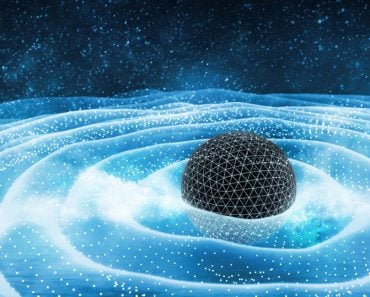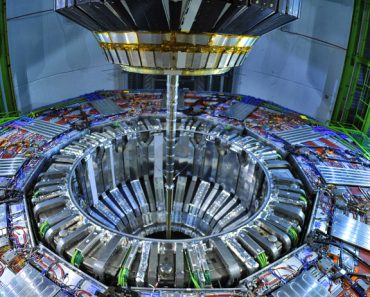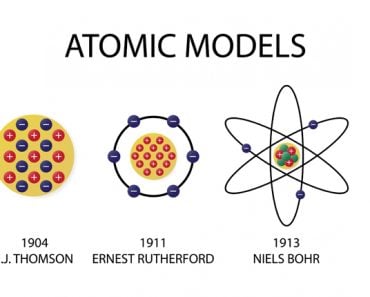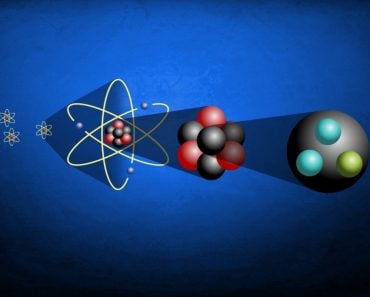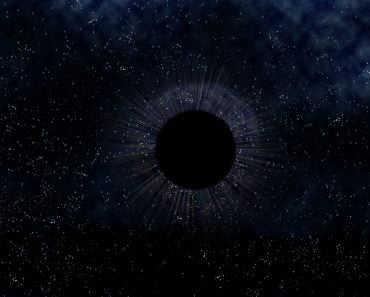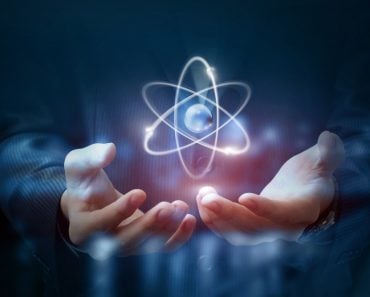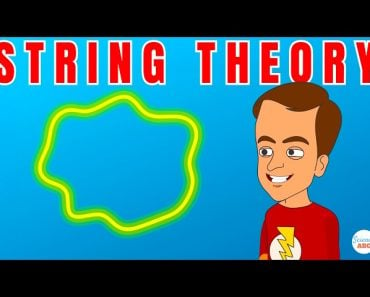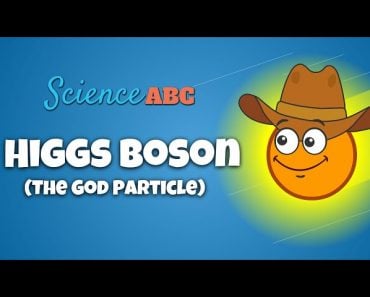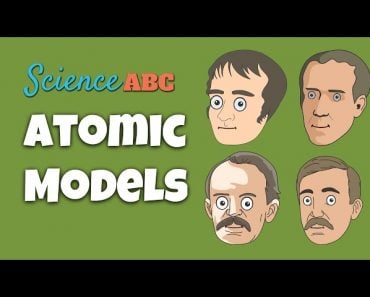Table of Contents (click to expand)
The Standard Model is unable to identify the type of matter that composes more than 70% of the universe, along with more fundamental questions about the universe, leading to the model’s ultimate failure or inadequacy.
In recent years we have all heard about the imminent downfall of the Standard Model. With headlines saying ‘What is the Standard Model of particle physics, and why are scientists looking beyond it?’ or ‘The Standard Model gets a jolt’, most science lovers took notice.
However, let’s be honest, most people never understood the exact meaning behind such headlines. I was the same way, until I immersed myself in everything related to Particle Physics and had some truly shocking revelations!
One moment of shock and surprise came when I read about the Standard Model, followed quickly by learning what was wrong with it!
Recommended Video for you:
The Standard Model: What Is It Exactly?
The Standard Model, in the simplest and most humble sense, is a periodic table for the most fundamental units that compose our universe. Just as the periodic table of elements evolved from many different failed models before it, the Standard Model came after many such failures.
Unlike the periodic table, however, the Standard Model not only classified particles, but also gave us the language and science to understand them. It recognized that at the most fundamental level, the universe is made of fields, rather than particles. These fundamental fields interact with one another and manifest in the form of particles.
The science of the Standard Model is called Quantum Field Theory, an idea so elaborate and vast that it’s considered a science in itself!
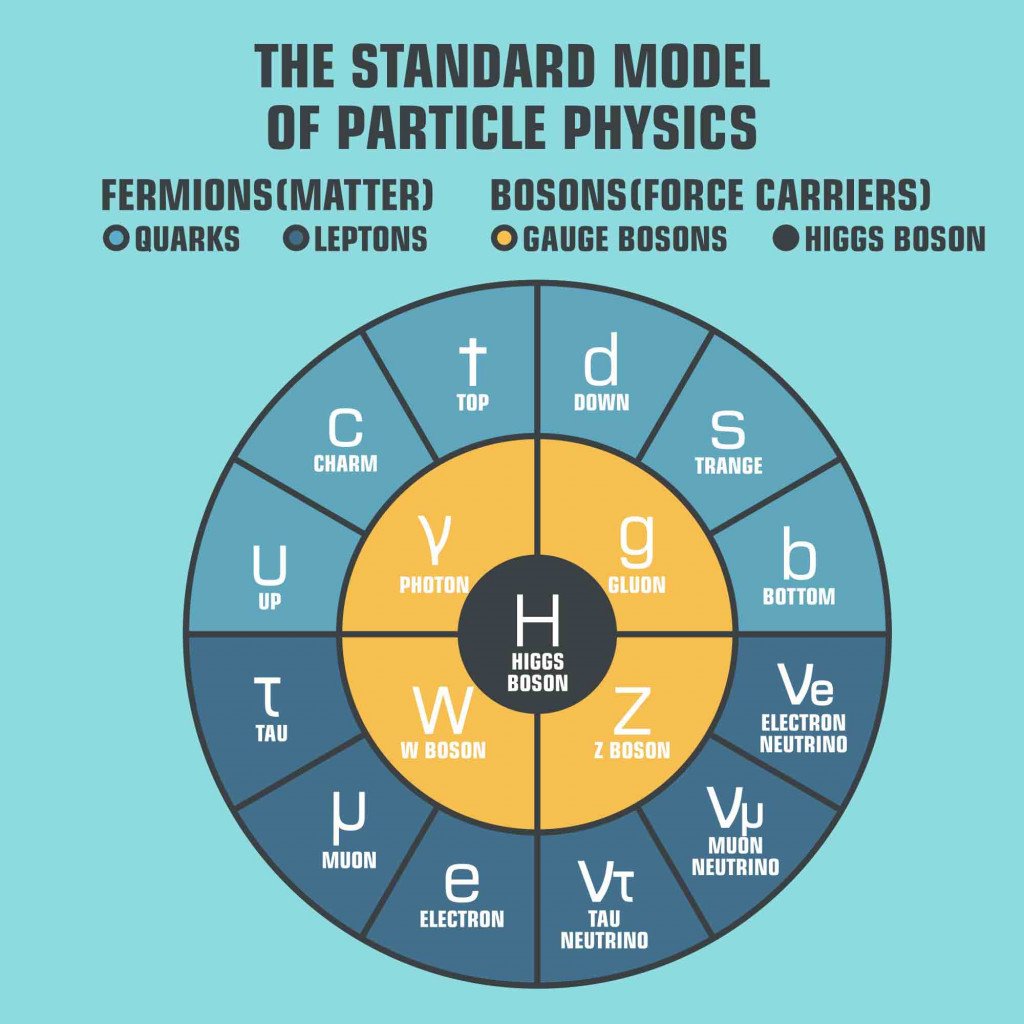
This Standard Model was born after many years of researchers failing to classify and predict more particles; it remains the most successful of any of the models to date. At the time of its birth, it identified and accounted for every particle we had discovered by that point, and also predicted a few more yet to come. It also provided correct answers to some very high-precision experiments. Its idea of grouping particles into matter particles and force carriers was very convenient.
It was also quite amazing how it adequately housed field theories (mathematical and conceptual frameworks) of the fundamental forces (strong, electromagnetic, weak). Basically, the three fundamental forces of the universe had their own sets of rules that fit right into the Standard Model.
Despite this seemingly “perfect” fit, with more developments in science and technologies, we were able to look even deeper into this successful theory, only to realize that it wasn’t perfect at all!
The Particles It Never Saw Coming
Eventually, there came a time when the Standard Model couldn’t account for the kind of matter we were seeing—or in this case, not seeing. Yes, we’re talking about dark matter. The proof of this mysterious matter could be found in every image of faraway galaxies. This matter wasn’t interacting with light, i.e. an electromagnetic field, so we couldn’t observe or photograph it. We knew nothing and still know close to nothing about it because the Standard Model, our touchstone, was unable to provide any answers.
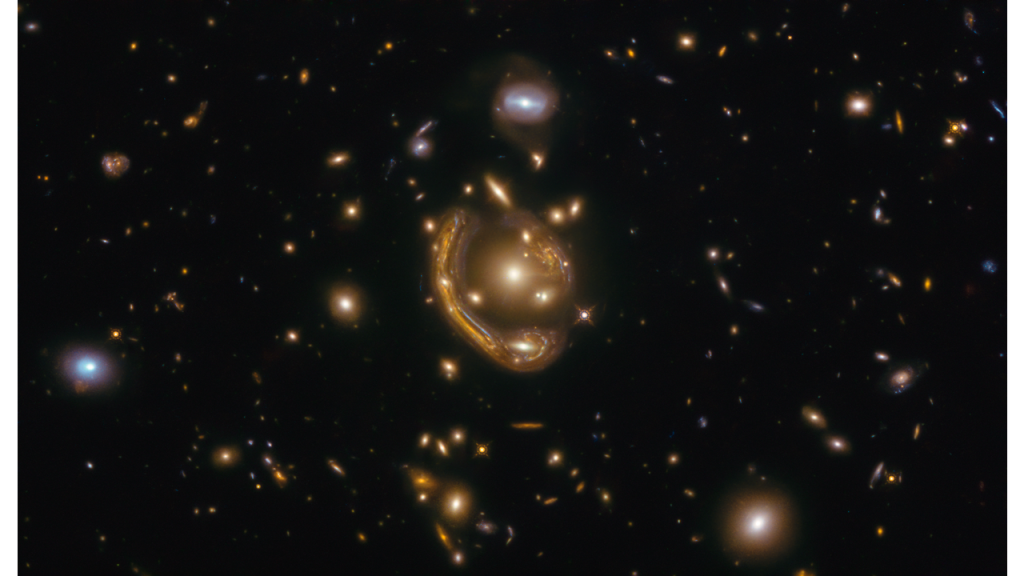
Believe it or not, dark matter makes up around 27% of our universe, whereas visible matter only makes up 5% and the remaining 68% is made of dark energy?
This fact alone—that it cannot say anything about the majority of our universe—made us realize that a lot was wrong with the Standard Model.
Additionally, it doesn’t recognize one of the most important forces, the very force keeping us grounded in our seats as we read this article—Gravity!
By extension, the Model has no accounting for gravitons, the fundamental particle of gravity. Why exclude such an important fundamental force?
Every other force had a quantum field theory, but not gravity itself. Basically, the Standard Model is unable to reconcile the gravity of our classical world with the quantum world.
So, is something wrong in the Model itself…?

Honestly, there’s a lot that the Standard Model hasn’t predicted, as proven by the g-2 experiment, which is on the verge of being considered a “discovery”. This finding might prove that there are even more particles about which the Standard Model is blind!
More Questions The Standard Model Can’t Answer
Why is matter so much more abundant than antimatter in the universe? Why do particles called neutrinos have mass, even though the Standard Model predicted that they can’t? What is the actual reason for the expansion of the universe? Does anyone know a definite answer to these questions? Do you? Don’t worry… neither does the Standard Model. However, considering that it’s the theory for the fundamental building blocks of the universe, shouldn’t it have all the answers?
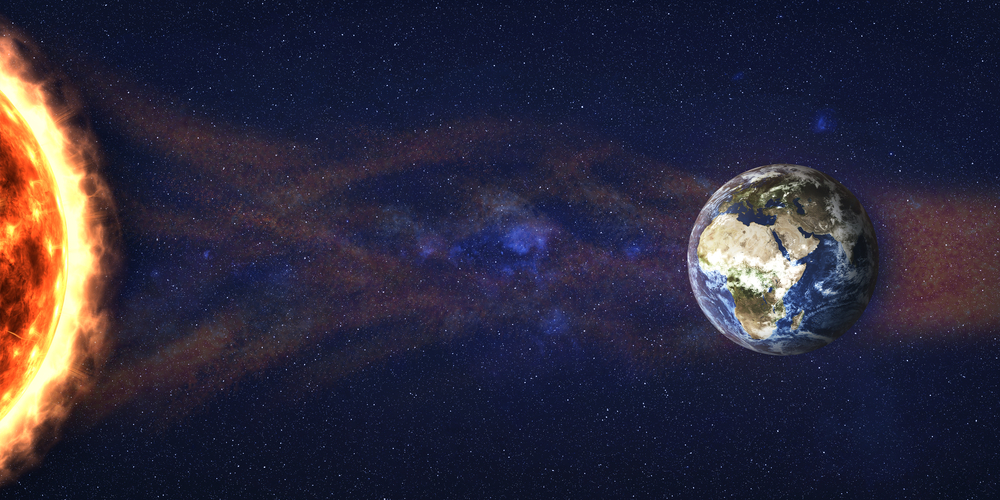
Of course, the questions don’t end here. Theoretically, there are many gaps to fill and many issues left unaddressed by the Model. Hearing that, you might be wondering… why not shift to a new model and discard the “standard” one? We have already done that for the Periodic Table of elements, so why not do the same thing here?
A New Model?
The fact is, the periodic table is a great way to classify the elements that does not just group them in the most convenient way, but also groups them in a way that helps us understand the nature of the elements too!
That said, the Standard Model’s job doesn’t end at classification. As mentioned earlier, it is a scientific theory written in mathematics that has predicted the results of very precise experiments around the world. Yes, scientists have begun working on other models, such as the supersymmetry model, but for any of these to be accepted, it must do do everything the Standard Model has done right, while also accounting for its shortcomings.
In other words, any new model will have a lot to prove!
References (click to expand)
- Is the Standard Model of Physics Now Broken?. Scientific American
- Ellis, J. R. (1998). Beyond the Standard Model for Hillwalkers. CERN.
- Five mysteries the Standard Model can't explain. symmetrymagazine.org
- (2006) Quantum Field Theory - Stanford Encyclopedia of Philosophy. Stanford University
- A first look at how the Earth stops high-energy neutrinos in .... The University of Wisconsin–Madison

